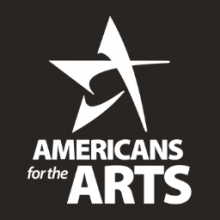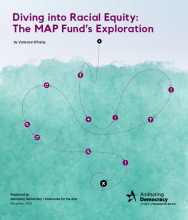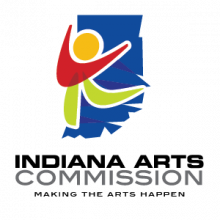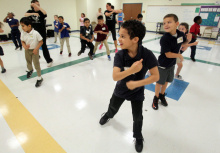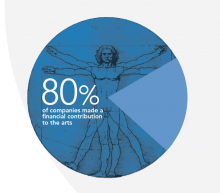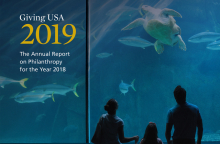
Randy Cohen
Unpacking the 2019 Profile of Local Arts Agencies Study
Posted by Apr 24, 2020

Randy Cohen
During the last half century, the local arts agency (LAA) movement in the United States has flourished—with the number of LAAs growing from 400 to 4,500. They provide programs, services, and funding to strengthen their local arts and cultural sector, integrate the arts into the fabric of the community, and make the arts accessible to all. It is no surprise, then, that Americans are now more engaged in the arts than ever before, with nearly three-quarters of the adult population attending the arts and nearly half personally involved as arts makers. It is because of this vital presence that tracking the health, operations, and impact of LAAs is a matter of pressing concern. The 2019 Profile of Local Arts Agencies is our annual survey of local arts agencies. It focuses on a core set of LAA indicators—budget trends, partnerships, programs and services, and diversity and equity policies. I conducted my first LAA survey for Americans for the Arts in 1991; the one constant over the years is my ongoing appreciation of how LAAs evolve to keep pace with how their community evolves.
Read More
